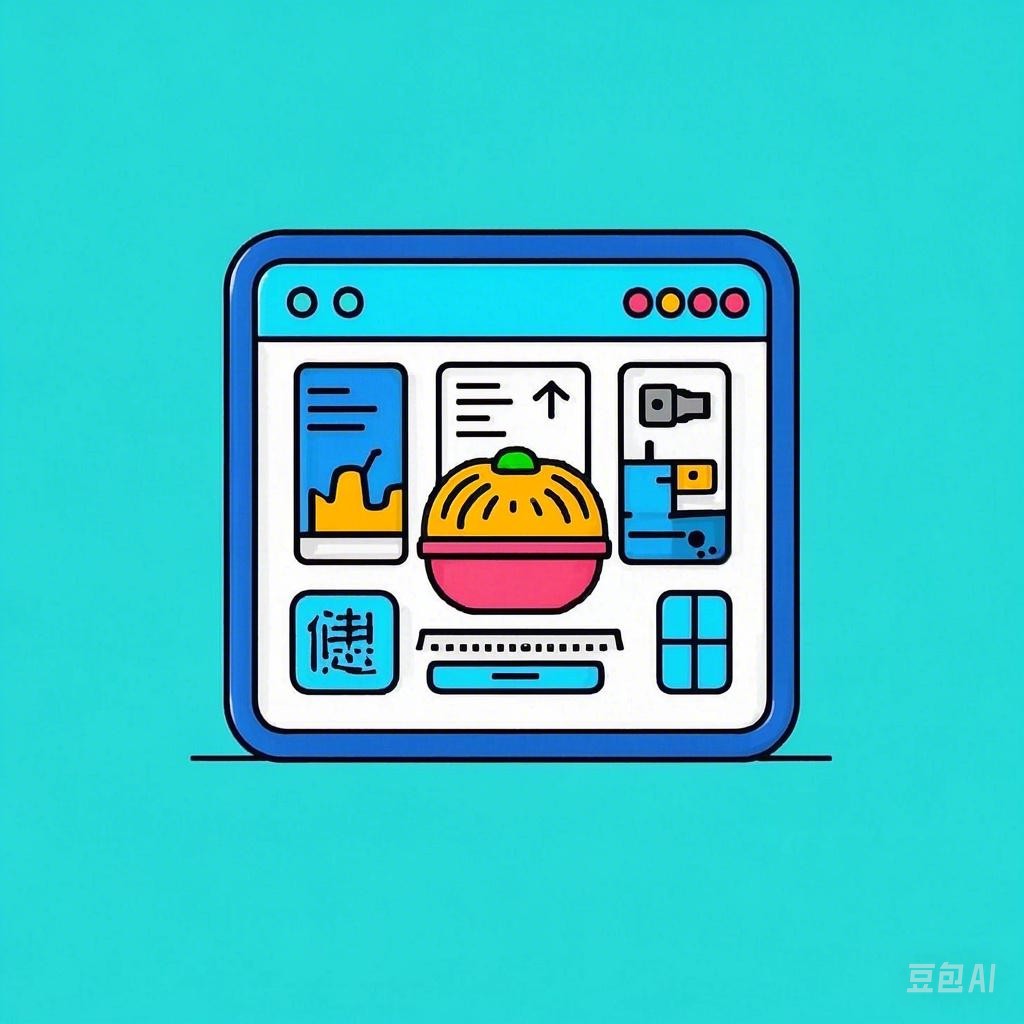Introduction
Cooking is an art that transcends cultures and languages. English, being a global language, plays a significant role in sharing culinary knowledge. Whether you are a seasoned chef or a beginner in the kitchen, understanding the nuances of English recipes can make a world of difference. This guide aims to demystify the language of recipes, providing you with a comprehensive Q&A to help you unlock the flavors of your culinary endeavors.
Q&A
Q: What is a recipe?
A: A recipe is a set of instructions that tells you how to prepare a dish. It includes a list of ingredients, measurements, and cooking methods.
Q: What are the key components of a recipe?
A: The key components of a recipe are:
- Ingredients: The list of food items required to make the dish.
- Instructions: Step-by-step directions on how to combine and cook the ingredients.
- Cooking Methods: Techniques such as baking, boiling, sautéing, etc.
- Tools and Equipment: The utensils and appliances needed to prepare the dish.
Q: How do I read a recipe?
A: To read a recipe effectively, follow these steps:
- Ingredients: Make a list of all the ingredients you need.
- Instructions: Go through the instructions carefully and understand the sequence of steps.
- Cooking Methods: Familiarize yourself with the cooking methods mentioned.
- Tools and Equipment: Ensure you have all the necessary tools and equipment.
Q: What are common cooking terms in English recipes?
A: Here are some common cooking terms you might encounter:
- Chop: To cut food into small pieces.
- Sauté: To cook food quickly in a small amount of oil or butter.
- Boil: To cook food in a liquid at a rolling boil.
- Bake: To cook food in an oven.
- Roast: To cook food in an oven at a high temperature.
Q: How do I measure ingredients?
A: There are two types of measurements in recipes: volume and weight. Here’s how to measure common ingredients:
- Dry Ingredients: Use measuring cups and spoons. Level off the top of the cup with the back of a knife.
- Liquid Ingredients: Use liquid measuring cups. Pour the liquid into the cup and level off the top with the back of a knife.
Q: What are substitute ingredients?
A: Substitute ingredients are used when you don’t have the exact ingredient listed in the recipe. Here are some common substitutions:
- Flour: All-purpose flour can be substituted with cake flour or whole wheat flour.
- Butter: You can use margarine or coconut oil as substitutes.
- Sugar: Honey or maple syrup can be used as alternatives to granulated sugar.
Q: How do I adjust the seasoning in a recipe?
A: Adjusting seasoning is a matter of personal preference. Here are some tips:
- Start with Less: Add a small amount of salt or pepper and taste before adding more.
- Add Gradually: Seasoning is easy to add but difficult to remove, so add flavors gradually.
- Use Fresh Herbs: Fresh herbs can add a burst of flavor to your dish.
Q: How do I store leftovers?
A: To store leftovers:
- Refrigerate: Place leftovers in airtight containers and refrigerate within two hours of cooking.
- Freeze: For longer storage, freeze leftovers in airtight containers or heavy-duty freezer bags.
Q: What are some tips for successful baking?
A: Here are some tips for successful baking:
- Preheat Your Oven: Always preheat your oven to the temperature specified in the recipe.
- Measure Ingredients Carefully: Use accurate measurements to ensure your baked goods turn out as expected.
- Don’t Open the Oven Door: Opening the oven door can cause the temperature to drop, affecting the baking process.
Q: How do I prevent overcooking my food?
A: To prevent overcooking:
- Use a Timer: Set a timer to remind you when to check on your food.
- Use a Thermometer: Insert a meat thermometer into the thickest part of the food to check for doneness.
- Know the Cooking Times: Familiarize yourself with the cooking times for different types of food.
Conclusion
Understanding the language of recipes is essential for anyone who enjoys cooking. By following this guide, you’ll be well-equipped to tackle a variety of recipes and unlock the flavors of your culinary creations. Happy cooking!
